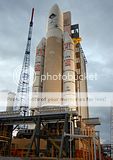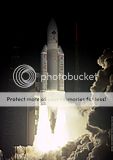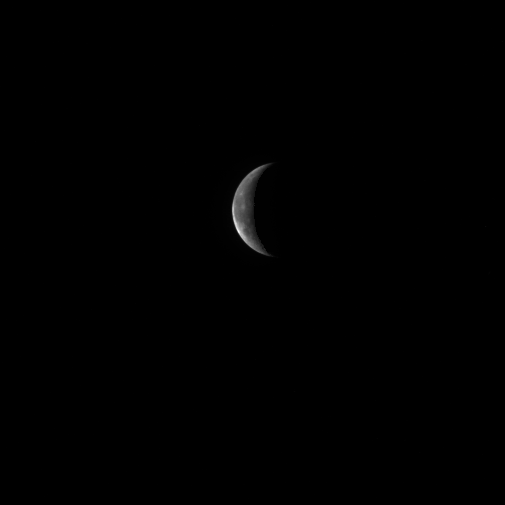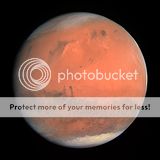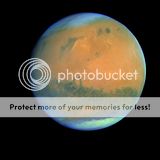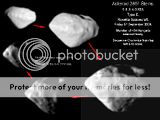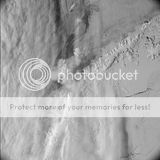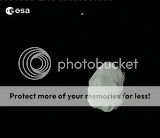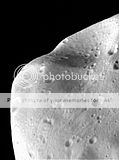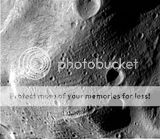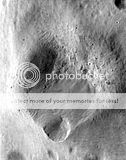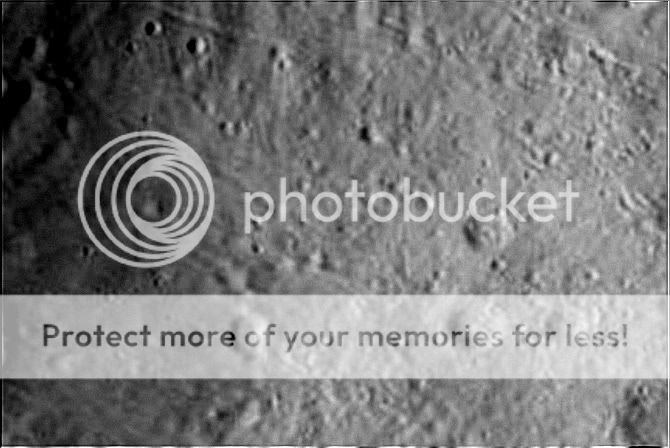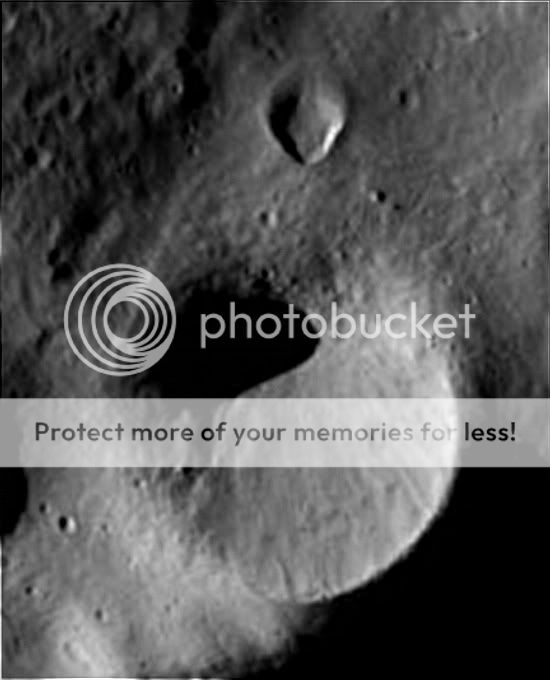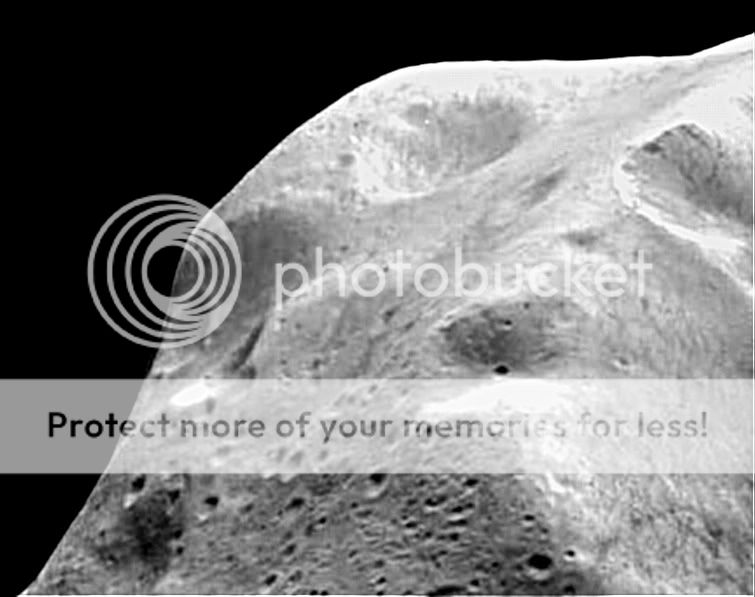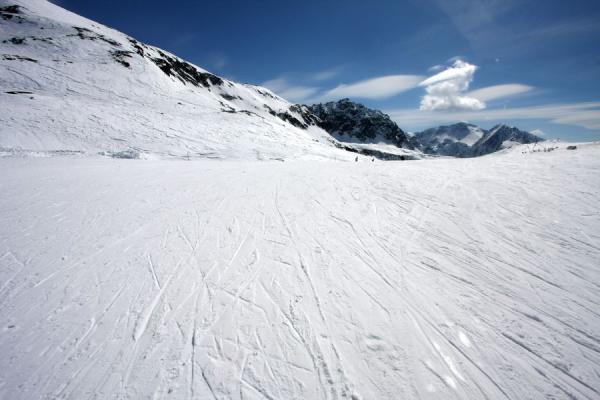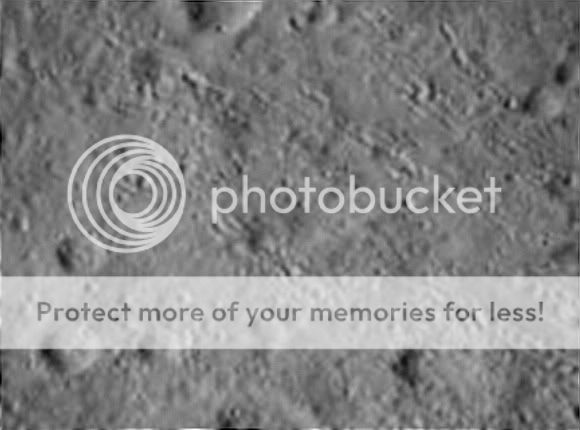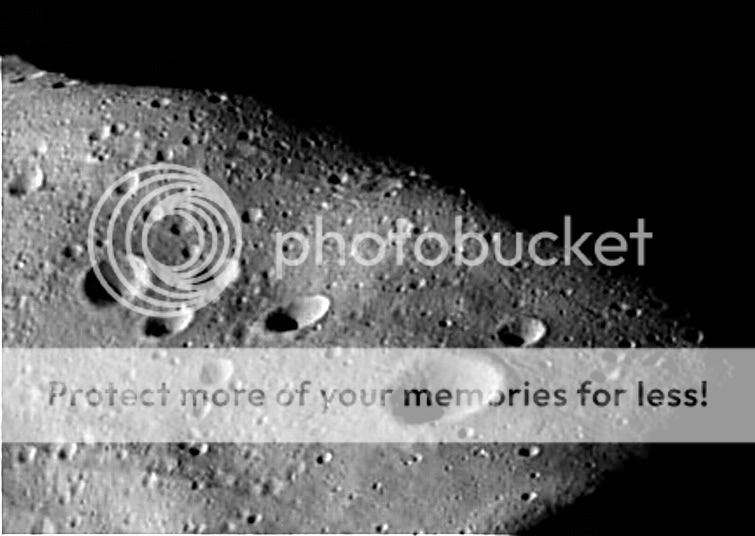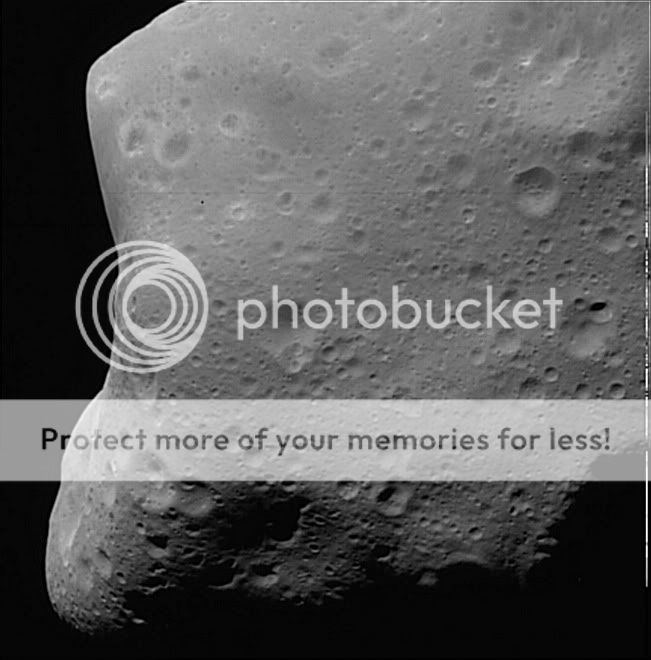E
EarthlingX
Guest
Re: Asteroid 21 Lutetia (ESA Rosetta Encounter).
Thank you Andrew for the work on images - it makes life easier and prettier

Congratulations to Rosetta team - very nice show :mrgreen:

SDC : Mysterious Asteroid Unmasked By Space Probe Flyby
Thank you Andrew for the work on images - it makes life easier and prettier
Congratulations to Rosetta team - very nice show :mrgreen:
SDC : Mysterious Asteroid Unmasked By Space Probe Flyby
By Denise Chow
SPACE.com Staff Writer
posted: 10 July 2010 02:53 pm ET
A European spacecraft zoomed by past a mysterious asteroid Saturday to take the first-ever close look at the space rock while flying more than 282 million miles from Earth.
The European Space Agency's (ESA) Rosetta space probe flew past the asteroid Lutetia, an object discovered in 1852 that appeared only as a bright speck in the sky to astronomers until today.
The first new photos of the asteroid revealed Lutetia to be a lumpy rock with a potato-like appearance. Rosetta was about 1,900 miles (3,100 km) from the asteroid at its closest approach.





